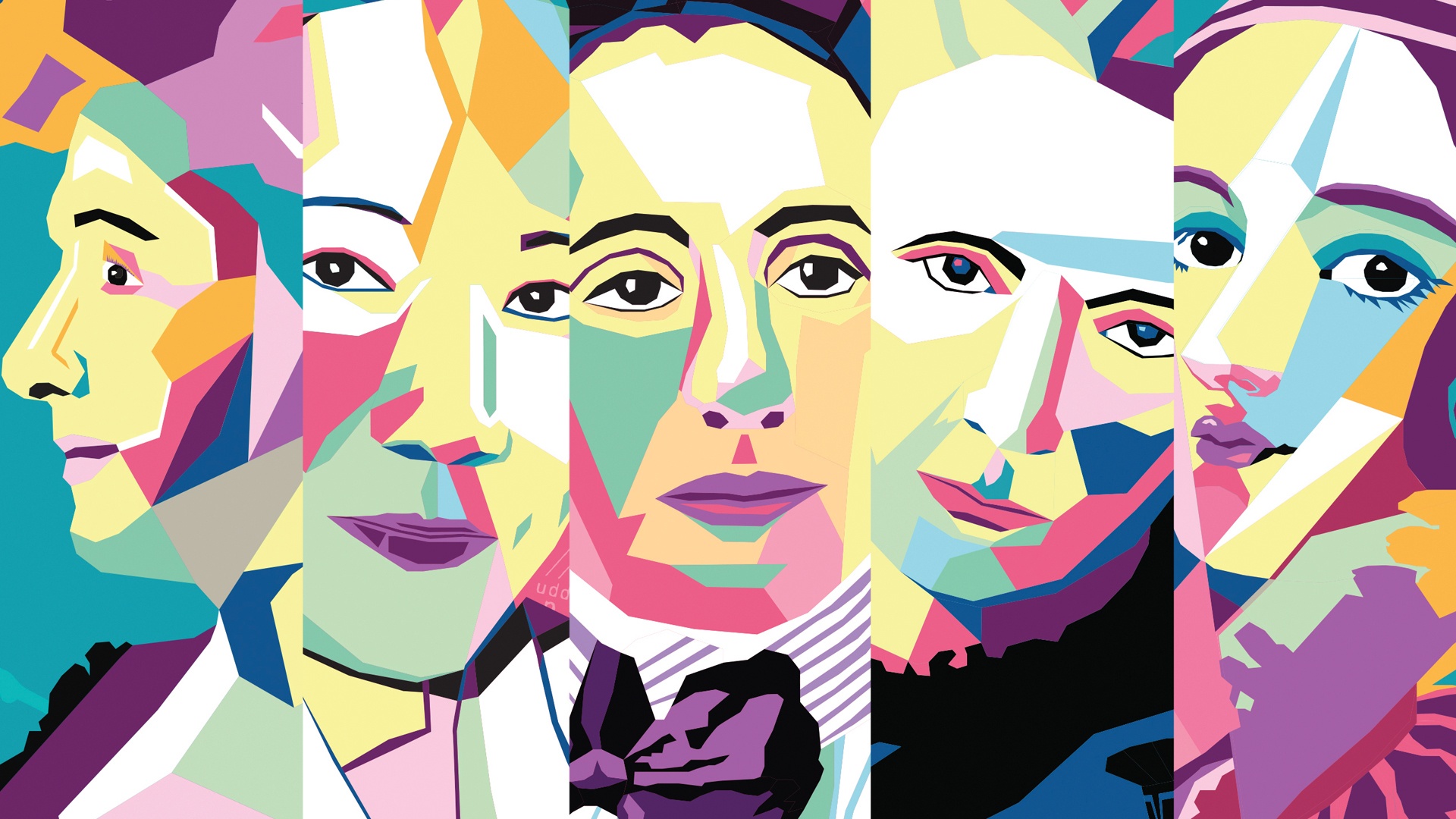The whole shebang
It was, without doubt, the year LIGO stole the show. In early October, the LIGO collaboration won the 2017 Nobel Prize in Physics for the 2015 direct detection of gravitational waves. Less than two weeks later, the LIGO and Virgo collaborations announced that they and 68 other Earth and space-based observatories had witnessed the real-time collision of two neutron stars. (Well, the stars collided 130 million years ago; scientists tuned in for the resulting ripple effects.)
Over several days, researchers tracked the cosmic collision from gravitational waves and gamma rays right down the spectrum to radio waves. The observations not only heralded the dawn of multi-messenger astronomy: it revealed that gold, platinum, and half of all elements heavier than iron are forged in the cauldron of colliding stars.
Click here to watch Nobel winner Rainer Weiss – whose laser interferometric technique forms the basis for LIGO – explain the challenges of probing the universe for gravitational waves.
Closing the quantum gap
Theory posits numerous approaches to realizing quantum computing, and this year saw progress on a number of fronts.
A team in the UK, for example, proposed a method for transmitting qubits 100,000 faster than optical fibre; researchers at IBM posited a new way to simulate quantum systems using up to 56 qubits. Here in “Quantum Valley,” researchers at Perimeter Institute and the Institute for Quantum Computing applied artificial intelligence to better understand quantum systems, and demonstrated the viability of quantum satellite communications, among other pioneering research.
Perimeter Public Lecture: "As we enter the new quantum era," by IQC's Michele Mosca.
Space fever proves contagious
Most of North America stood in rapt silence as a full solar eclipse occurred overhead in August. Thanks to its pathway across major cities, it was likely the most-watched eclipse in history. Until the next one swings by in 2024, at least.
That was just one part of a space-tastic year. In February, NASA announced the discovery of seven Earth-sized planets of the Trappist system, with three planets sitting in the sweet spot called the “habitable zone.” The star system is 39 light years away, and offers a superb opportunity to look for atmospheres and biosignatures of life. Indeed, evidence published in September showed the outer planets might harbour substantial amounts of water.
Space fever continued apace throughout 2017. The CHIME telescope prepared to start its search for fast radio bursts; SpaceX managed to relaunch an orbital-class rocket; NASA brought forward the launch date of both the James Webb Space Telescope, to Spring 2019, and its Psyche probe, now to launch in 2022; the Japan Aerospace Exploration Agency announced plans to send an astronaut to the moon by 2030; and the European Space Agency confirmed it would proceed with the Laser Interferometer Space Antenna (LISA), with launch expected in 2034. All aboard!
Perimeter Public Lecture: NASA astrophysicist Amber Straughn talks about building the James Webb Space Telescope, and gives an overview of the astronomical questions it hopes to answer.
Gaming the system
As if the ancient game of Go wasn’t enough, computers can now beat us at poker, too. Oh well. At least we still have Twister. For now.
Finally seeing a black hole (almost)
The photo of the year is yet to come into focus. In April, the Event Horizon Telescope finished taking in the data needed to image the region around Sagittarius A*, the black hole at the centre of our galaxy. Problem is, some of that data was taken in Antarctica and could only be flown out after the southern winter ended. Now, the data analysis is under way. Stay tuned for the EHT team’s history-making image, and our first glimpse of a black hole event horizon.
A taste of what the EHT has in store.
And in the socials...
Perimeter's "Forces of Nature" poster series featuring great women who changed science was a big hit with readers around the world. If you haven't already downloaded your free set, you can do so here. Want a say in who we feature in the next set of posters? Voting closes on January 10. Vote now!
The other most popular Slices of PI were "10 common misconceptions in physics" and our "So you think you can physics?" quiz. Reckon you've got what it takes? Test your know-how here.
What will the new year bring? Science can't predict the future, but we here at Inside the Perimeter are pretty confident that there will be plenty of fun and fascinating developments from the world of physics. We look forward to sharing them with you in 2018.
About PI
Perimeter Institute is the world’s largest research hub devoted to theoretical physics. The independent Institute was founded in 1999 to foster breakthroughs in the fundamental understanding of our universe, from the smallest particles to the entire cosmos. Research at Perimeter is motivated by the understanding that fundamental science advances human knowledge and catalyzes innovation, and that today’s theoretical physics is tomorrow’s technology. Located in the Region of Waterloo, the not-for-profit Institute is a unique public-private endeavour, including the Governments of Ontario and Canada, that enables cutting-edge research, trains the next generation of scientific pioneers, and shares the power of physics through award-winning educational outreach and public engagement.
You might be interested in




